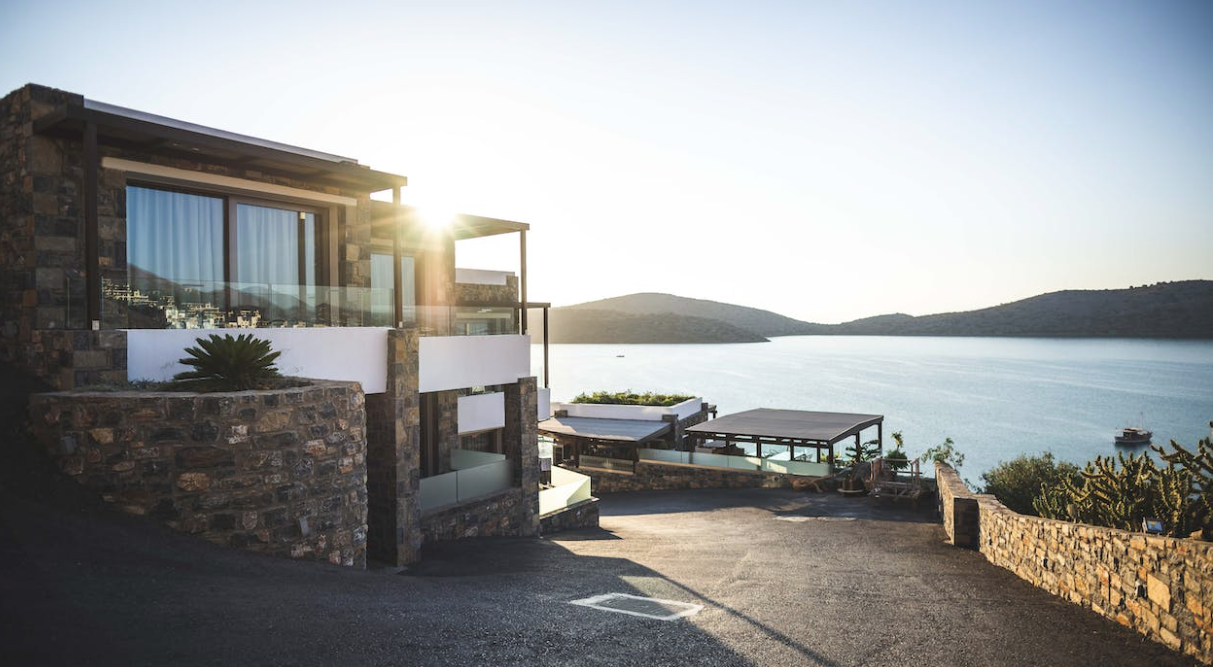Prefabricated houses, also known as prefab or modular homes, have gained significant popularity in recent years due to their numerous advantages. As explained on Bauemotion, prefabricated homes are constructed off-site, in a factory-controlled environment, and then assembled on-site. While prefab houses have universally applicable benefits, there are also specific advantages of owning them in different regions. In this article, we will explore the reasons why owning a prefabricated house can be advantageous in various geographical locations.
Urban Areas
In densely populated urban areas, where space is at a premium, prefab houses provide an excellent solution. Their efficient design allows for maximum use of available space, making them ideal for small plots or infill lots. Moreover, prefab homes can be built quickly, enabling homeowners to move into their new residences faster and avoid long construction delays common in urban settings.

Rural and Remote Locations
In rural or remote areas, accessing traditional construction materials and skilled labor can be challenging. Prefabricated houses offer a convenient solution as they are fabricated in a controlled environment, ensuring consistent quality and reducing reliance on local resources. Additionally, the shorter construction time of prefab homes allows homeowners in remote areas to settle in quickly and start enjoying their new properties.
Coastal Regions
Coastal regions are prone to weathering factors like high winds, saltwater corrosion, and humidity. Prefabricated homes are designed to withstand these challenges. Manufacturers often use durable materials and construction techniques that ensure the longevity and resilience of these homes against coastal elements. Furthermore, the controlled factory construction process minimizes the risk of water damage during assembly.
Earthquake-Prone Areas
In earthquake-prone regions, the structural integrity of a home is of utmost importance. Prefabricated houses offer advantages in terms of durability and safety. Manufacturers design these homes to meet stringent building codes and seismic regulations, ensuring that they can withstand the forces generated by earthquakes. Reinforced foundations, steel framing, and other structural enhancements make prefab homes a viable choice in such areas.
Cold Climates
In cold climates, energy efficiency is a crucial consideration. Prefab homes often come with excellent insulation, reducing heat loss and lowering energy consumption. This feature not only provides comfort but also helps homeowners save on heating costs. Additionally, some prefab manufacturers offer advanced energy-efficient options, such as solar panels and geothermal heating systems, further reducing the ecological footprint.
High Cost of Living Areas
In regions with a high cost of living, traditional construction can be prohibitively expensive. Prefabricated houses offer a cost-effective alternative, as the controlled factory environment allows for better cost management and reduction of waste. By choosing a prefab home, homeowners can achieve significant savings without compromising on quality or aesthetics.
Conclusion
Regardless of the geographical region, owning a prefabricated house offers numerous benefits. Prefab homes excel in urban areas with limited space, rural areas with logistical challenges, coastal regions, earthquake-prone areas, cold climates, and high-cost-of-living areas. By leveraging the advantages of factory-controlled construction, durability, energy efficiency, and cost-effectiveness, prefab houses provide a versatile and practical housing solution. Whether you’re seeking an urban oasis or a resilient coastal retreat, consider the advantages of prefab homes tailored to your specific region…

